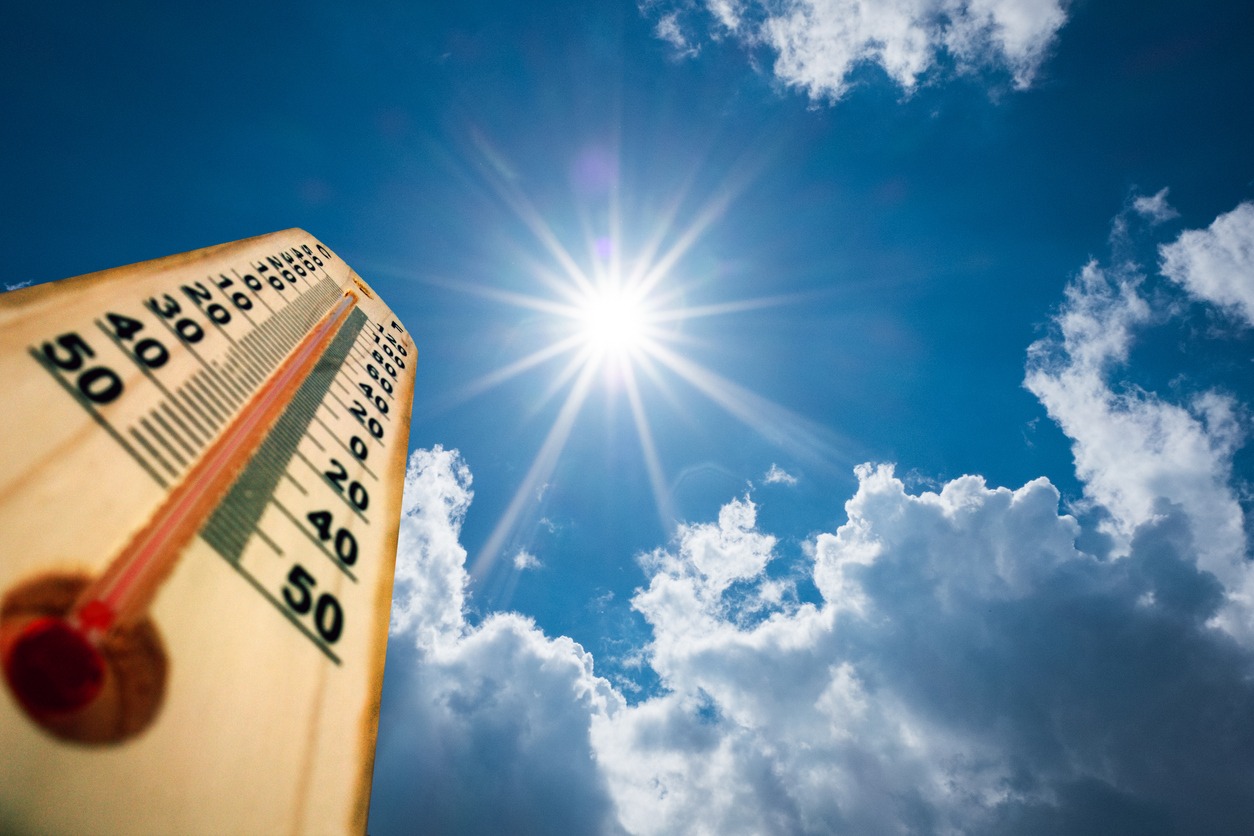As opposed to persons who live in other US states, people who live in dry climate regions like the Southwest and the Midwest may require a more specialized and extensive skincare regimen. Because of their arid environments, Nevada, Arizona, portions of Texas, and Utah have low humidity levels. Low humidity, high evaporation rates, little precipitation, and large temperature changes from morning to night are all characteristics of these types of regions, and they all provide a variety of skincare challenges. These severe settings can harm the skin because they reduce sebum production and cause water loss.
You must maintain your skin moisturized to prevent these negative consequences of staying in hot, dry environments. Your skincare requirements might not be met by just one moisturizer. When you’re in excessively hot environments, keep your skin hydrated and healthy by following these helpful tips:
Drink plenty of water
Apply moisturizer regularly
One of the most crucial things you can do to shield your skin from the drying effects of the environment is to apply a moisturizer to it after taking a shower or bath. To keep your skin moisturized and looking its best, search for a moisturizer that is labelled “humectant” or “hydrating.” Humectant moisturizers work by retaining water molecules in the skin and preventing them from evaporating. Additionally, many conventional moisturizers include moisture-locking substances like mineral oil and petrolatum. They may also include dangerous substances that over time injure your skin. Because of this, it’s crucial to examine the ingredients list of any moisturizer you’re thinking about using and go for one that doesn’t include any dangerous substances.
Eat wisely
The physical look of your skin can also be impacted by what you consume. Increase your consumption of hydrating fruits and veggies. Compounds found in red fruits and vegetables, including watermelon, tomatoes, strawberries, and cherries, can help prevent the development of skin cancer and encourage the skin’s natural ability to regenerate and repair itself. Blueberries, pomegranates, goji berries, and other antioxidant-rich foods are excellent choices because they can protect and restore skin cells. Because they act as a protective covering for the skin, the healthy fats found in salmon, avocados, and flax seeds can help maintain the strength and flexibility of the skin.
Use a humidifier
Living in a dry climate deprives you of the moisture that humidity gives. The problem can be resolved by using a humidifier in your house to provide moisture back into the air. Your skin will keep hydrated thanks to the water vapor it releases, which also stops trans-epidermal water loss. You can relieve the dryness in your skin that comes with residing or staying in a drier climate with regular application.
Wear your sunscreen
All the time, but especially in the winter when the sun’s rays are less direct and many people believe they are safe, sunscreen use is crucial. Look for sunscreen that is branded “broad-spectrum” and has an SPF of 30 or greater. Sunscreen shields your skin from damaging UV rays that can injure it over time. It is crucial to remember that in order for our bodies to manufacture vitamin D, we occasionally need to let them get some sun exposure. Wearing sunscreen will prevent UV rays from harming your skin, though, if you plan to spend a lot of time in the sun.
Use gentle cleansers
Your skin will be more prone to drying out while you’re in a dry environment. Therefore, do your skin a favor and stay away from items like strong cleansers that might make it even dryer. Higher pH cleansers should not be used as they may produce tight, itchy, and dry skin. Instead, choose gentle cleansers with a low pH to keep your skin feeling balanced and nourished.
Exfoliate often
Your skin may become dull and dry, with a greater accumulation of dead skin cells, due to a lack of humidity. The key to this is exfoliation, which can help remove dry, dead skin cells to reveal fresh, hydrated skin cells. Dead skin cells can clog pores if you don’t exfoliate, which causes unwanted blemishes. Dermatologists advise twice-weekly exfoliation as the secret to healthy, radiant skin.
Use face mist
You might begin misting to combat skin dryness in an area with little moisture. Apply some mist to your face whenever it starts to feel tight. Avoid using water-based facial mists because they act as humectants and can dry out your skin in dry environments. Consider using face mists that combine humectants with oils to help seal in moisture and prevent evaporation. Face mists that contain a combination of fermented yeast extracts serve to improve the skin’s base.
Apply sheet masks
Use a sheet mask to give the skin more water to plump it. With the help of these products, you may have hydrated, bright skin in less than 20 minutes. Try a sheet mask made with snail secretion filtrate if you want the maximum absorption and hydration. Tissue repair, anti-aging, dry skin problems, acne, scars, rosacea, and even razor bumps have all been proven to benefit from it. Along with vitamins A, C, and E, it also contains regenerative elements that help to rebuild skin and retain moisture.
Use lip balm
Conclusion
The effects of living in a dry environment can be felt on your skin. The skin’s capacity to retain moisture is diminished when the humidity declines, which causes dryness, itching, scaling, and cracking. Dry skin can get infected and swollen in extreme circumstances. You may mitigate the negative impacts of this weather and maintain your skin’s youthful appearance by being aware of and using skincare guidelines for dry weather. We hope that we were able to provide you insightful tips for keeping skin moisturized in hot and dry environments.

